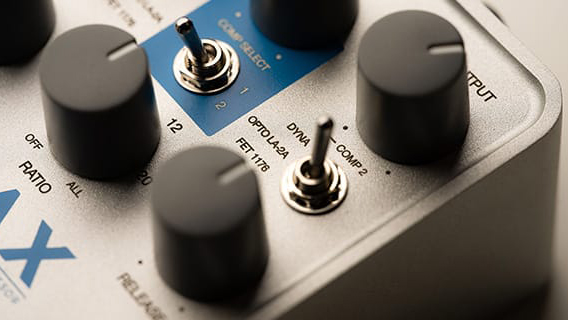
While many players are happy to invest in multiple overdrive reverb and delay pedals, there could be another type of effect that could enhance their guitar tone that they'll only need to buy once. And they may never want to turn it off. It's time to give the humble compressor pedal its time in the spotlight.
One of the problems with compressor pedals is they're frequently misunderstood, both in complication and the assumption that they are all like like the two-knob variety that compress everything and make you sound like a chicken Tele pickin' country player. Even Noel Gallagher – a recent convert to using compression live in his solo work for predominantly rhythm guitar work – is confused.
"I never ever used a compressor in Oasis – I still don't know what they do," he told That Pedal Show. Fellow guitarist Paul Stacy advised him to put everything at 1 o'clock which is pretty much how he sets his Keeley Compressor Plus – as do many others.

I can relate to the confusion about compressors, after buying a Boss CS-2 when I was young I decided they weren't for me. Spending too little time with it and deciding they were only for funk and squashed, sustaining lead breaks. But like a lot of guitar effects pedals, there are types and ways to use them, and the more I talked to guitarists about their pedalboards, the more I got the feeling compression could be an always-on 'enhancer'. Dependent on the pedal and settings, of course.
What we're going to be talking about here is using compression as a kind of 'clean overdrive' tool – and the kind of effect you notice more when it's not there.
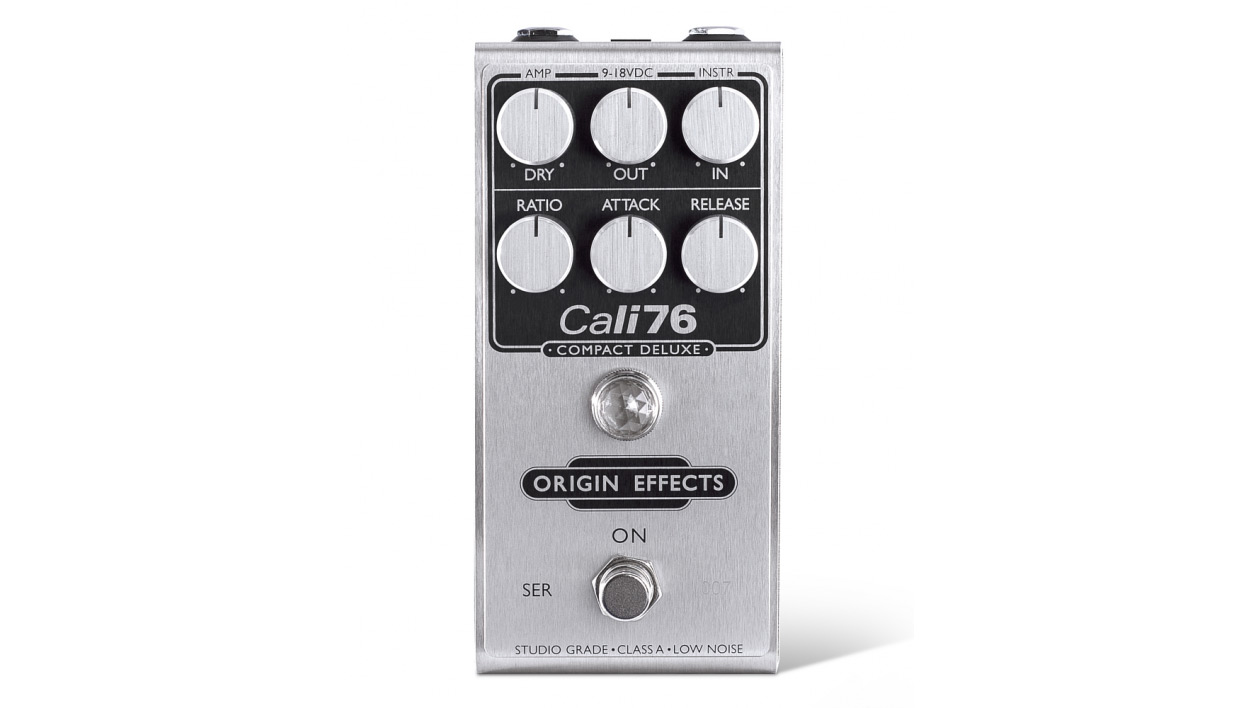
Some of this is a result of the emergence of premium-priced compressor pedals based on studio rack hardware; the Cali76 from UK brand Origin Effects especially. Its name references the 1176 Peak Limiter designed by Universal Effects founder Bill Putman and introduced in 1967. It's still regarded as one of the greatest compressors in musical recording history. It also marked a transition.
Previous studio compressors had used tubes but the 1176 used solid-state technology with a field-effect transistor - also known as FET. It would be used on many, many studio recordings but before we talk about why an guitar-specific emulation of this unit would be desirable for players, we need to find out why compression is desirable at all away from traditional studio production.
Get the MusicRadar Newsletter
Want all the hottest music and gear news, reviews, deals, features and more, direct to your inbox? Sign up here.
What does a compression pedal do?
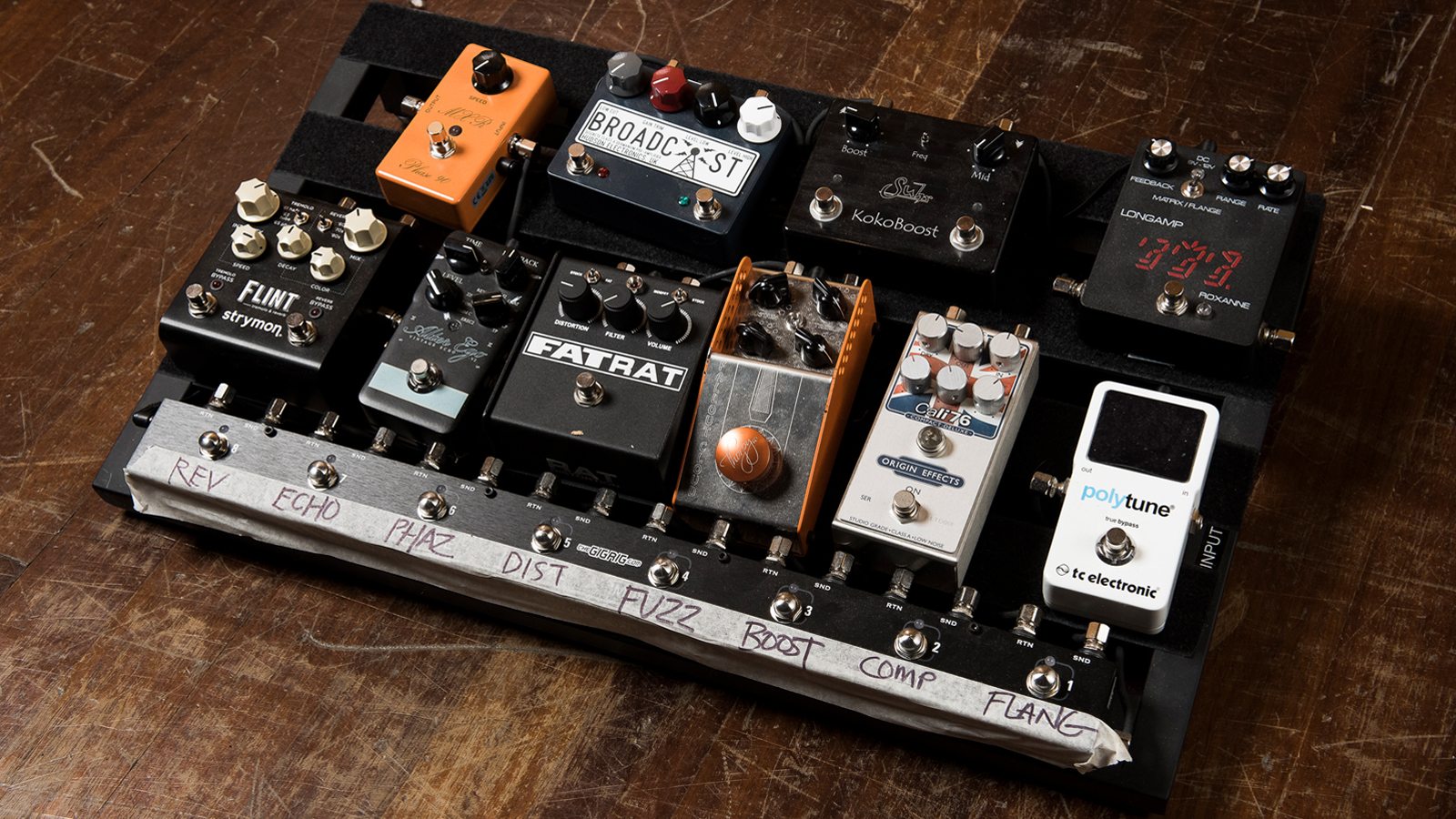
A compressor is a volume limiter in its simplest form; but one you control. You can set the threshold of when and how it kicks in and the extremes of your signal that it compresses or accentuates. It reduces the peaks of loudness, but also enhances the quiet parts of your playing. In this way it can be used to make your playing sound more even.
Within the extremes is the opportunity to set it to find a balance as a general tone enhancer; one that delivers more consistency to your tone.
Compression pedals have different controls dependent on model but some common ones help to explain how compression can be manipulated for your needs.
The level limits your signal, and the level or threshold control on the pedal sets when it kicks into your sound. A ratio control is also linked to this in a more visual way; you decide how aggressive the compression is, measured in ascending ratios. The higher the ratio, the more aggressive the compression.
The sustain sets the level a note is held at, while the release control decides how long it effects the note – longer release means more sustain time.
Attack controls how much of the initial peak (the transient) of the note being played comes through. Less (quicker) attack means a spankier sound, more will be softer.
So there's plenty of variables here, but this is where it gets fun because there's no rule; trust your ears with different guitars and experiment. The Keeley one o'clock starting point is good, but for that pedal. Different types of compressor flavors will need different approaches. Before we look at three great pedals to try for always-on compression, let's first look at benchmark compressor units that influence them.
Optical Compressor: LA2A
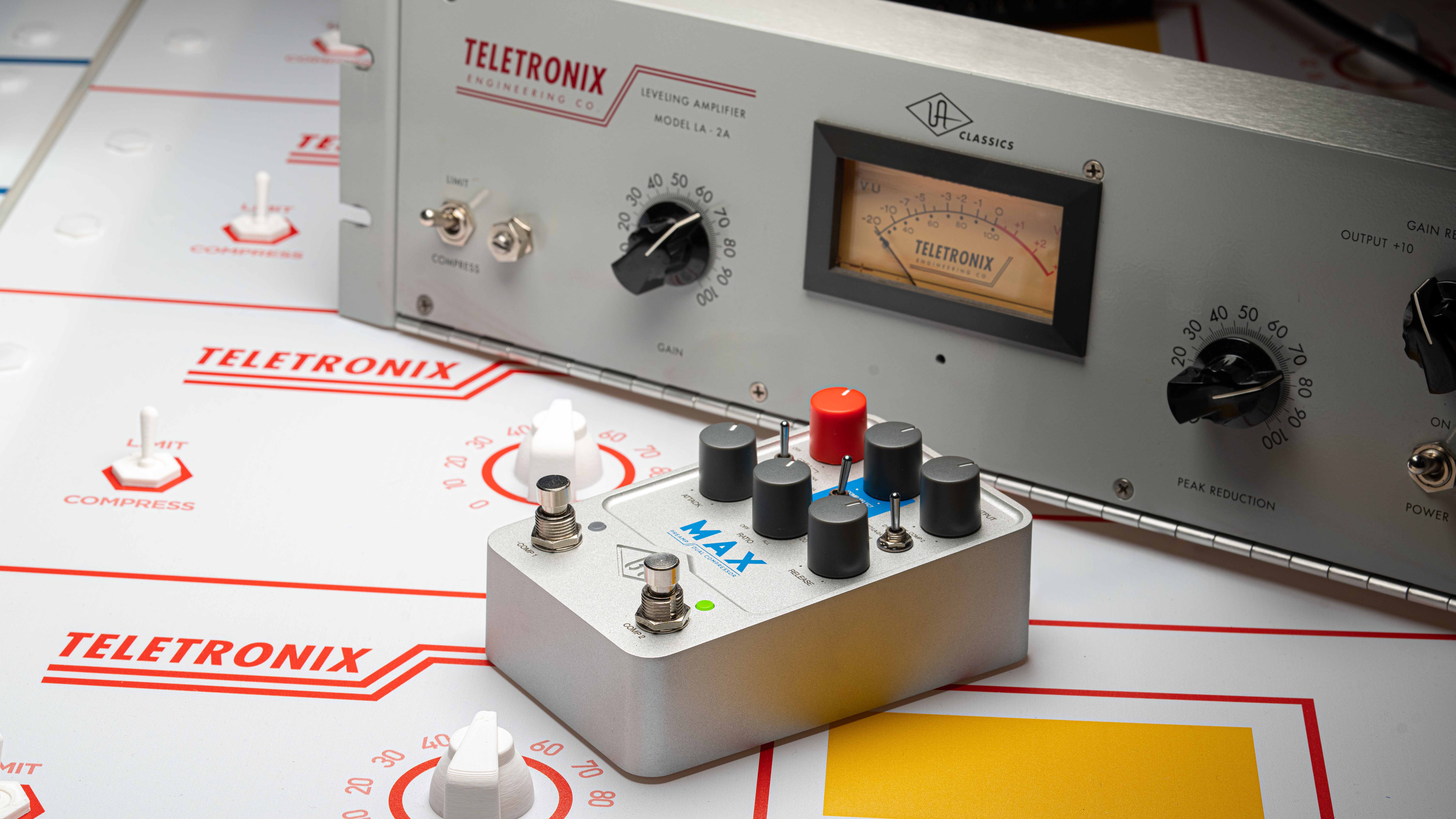
There's a few classic optical-style compressors but the tube-driven Teletronix LA2A is the most popular. Universal Audio make a very highly regarded emulation of it as a plugin, as well as the hardware. It even offers the LA-2A model in a pedal now too as you'll see later.
The LA2A long been popular in the studio for using on bass and vocals as well as acoustic guitar to add a smooth warm and bigger character. Because optical compression can sound less obvious and is often chosen for smoothing audio recordings that have fewer transients, Rick Beato has pointed out it's less suited to electric guitar. This would account for why there's more compressor pedals inspired by the 1176 than the LA2A.
But that natural kind of enhancement can be dialled in for pleasing results with electric guitar. We've found it's great for fatter low frequency enhancement on electrics when used gently.
FET compressor: 1176

This offers faster attack and release times compared to the LA-2A and is probably the most popular compressor around thanks to Universal Audio offering it in hardware and software form. The 1176 colours the sound starting with a 4:1 ratio for its subtlest impact – though UA's UAFX MAX pedal shown below expands that – making the LA-2A seem more transparent in comparison. But again, subtlety is everything when looking at always-on pedal-based enhancement for guitar tones outside of a studio environment.
Its character can brighten and boost your signal. A feedback compressor; the signal with an 1176 passes through the input stage via a line input transformer that has an impact on that character. The signal is routed to the top of a FET – used as a variable voltage resistor. Some engineers have even used it with the compression turned off because they like its character, and pedal companies have used this influence towards fuelling the desirability for an always-on compressor. The Keeley Compressor Plus is a FET compressor too.
Parallel and series compression
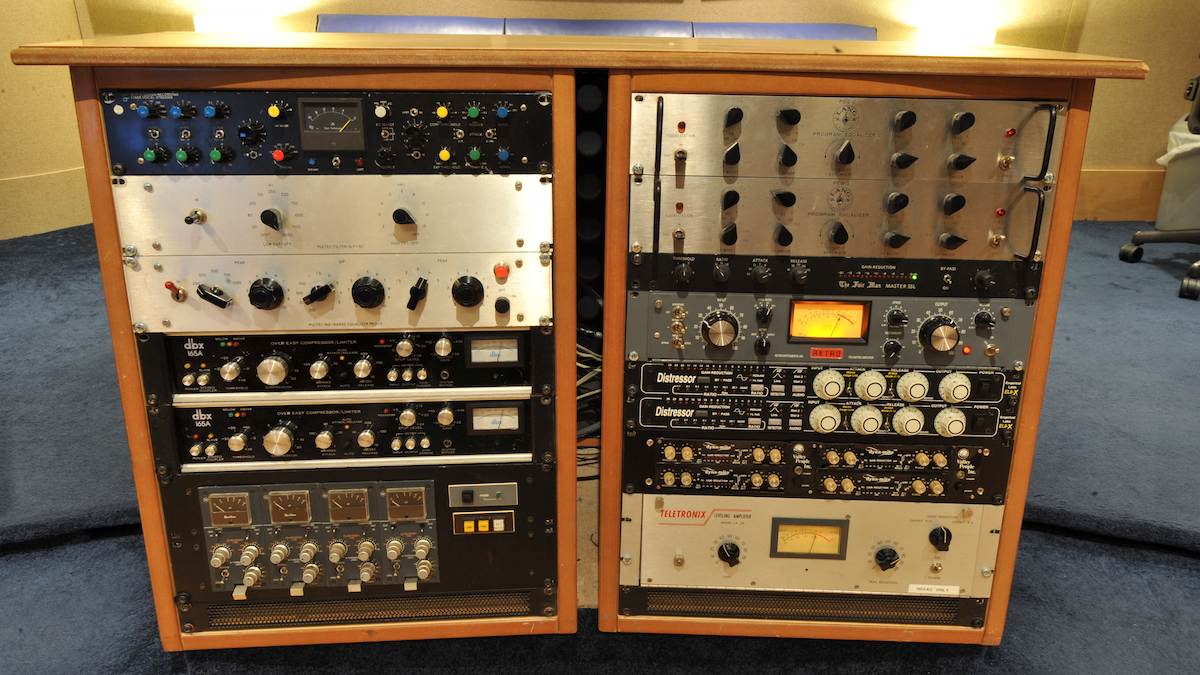
Ok, we don't want to complicate things but we need to talk about parallel and series compression because they're a feature on two of the pedals we're about to recommend below.
It's simple really; it blends your dry uncompressed signal with a compressed one. Best of both worlds? You're getting some of the dynamics compression suppressed back again, while measured with the the compressed signal. It's good for enhancing the low end.
Series compression is more complicated and takes more time and effort to learn how to use. It's like gain stacking but with compression; the idea is that each compressor is doing different things to the signal, offering the scope of more control. It will take time to dial in with trial and error. And smoothing things out more has its drawbacks; you will lose some of the dynamics of transients.
Tip: start with sustain
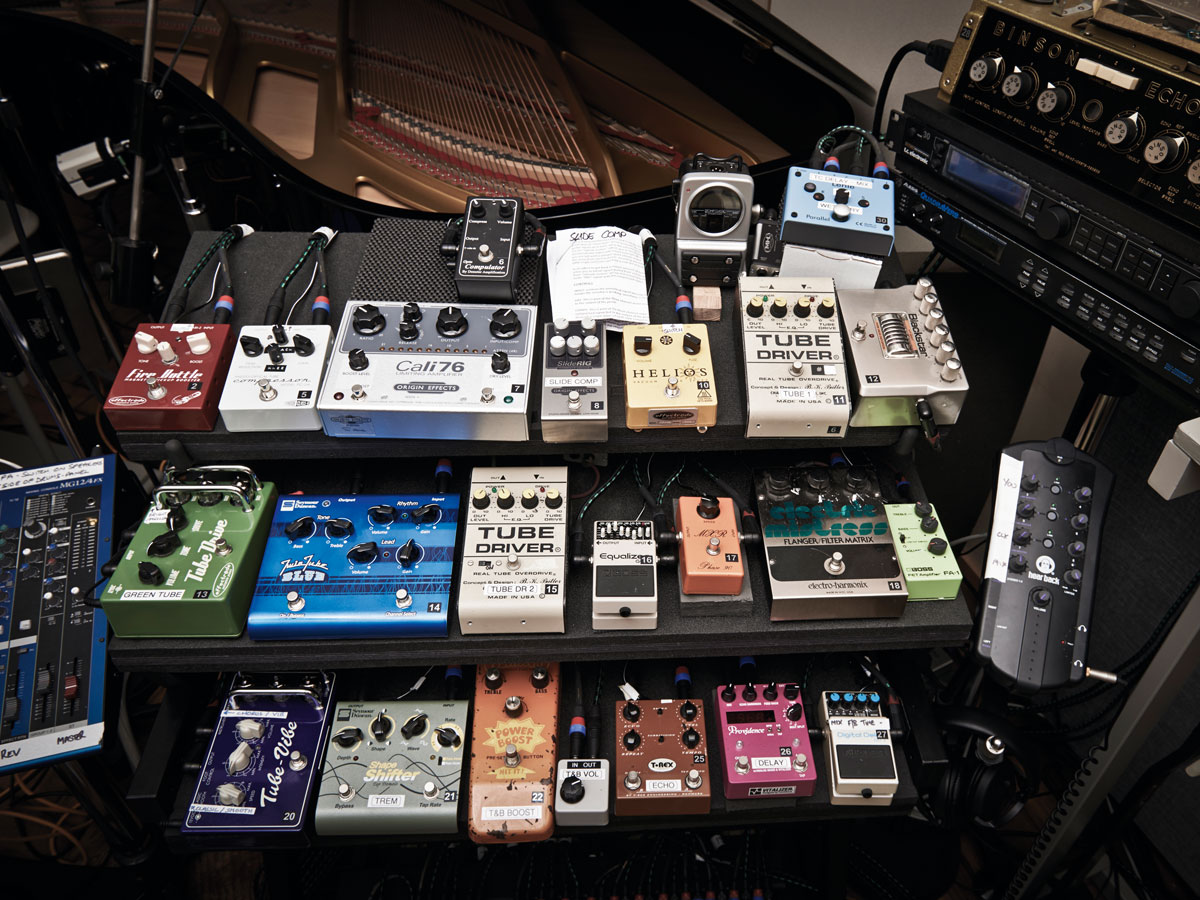
Consider the disadvantage of a clean guitar's note transience; it can tend to drop off fairly fast, and sometimes faster than you'd like. Do you think David Gilmour is getting all that sustain from his gifted hands? (he uses the original big box Cali76 Limiting Amplifier compressor btw) Your first port of call with a compressor can be how to sustain notes in a way that can work for your playing style. Think enhancement without overkill.
Three compression pedals to try
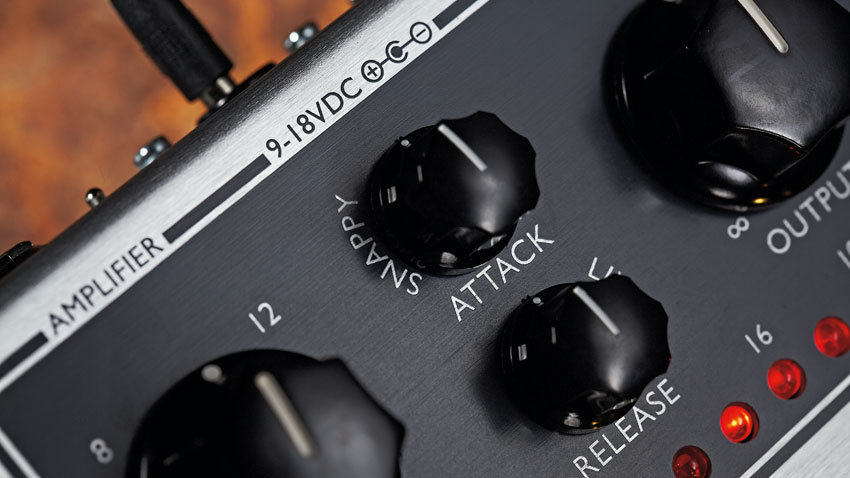
The idea of paying a considerable amount for a compressor pedal may seem off-putting at first, but if you're looking to use one as a constant part of your tone it could be much more of an investment than buying another overdrive pedal.
Here are three pedals we've used and been impressed by for their always-on usability and flexibility.
Universal Audio UAFX Max Preamp & Dual Compressor
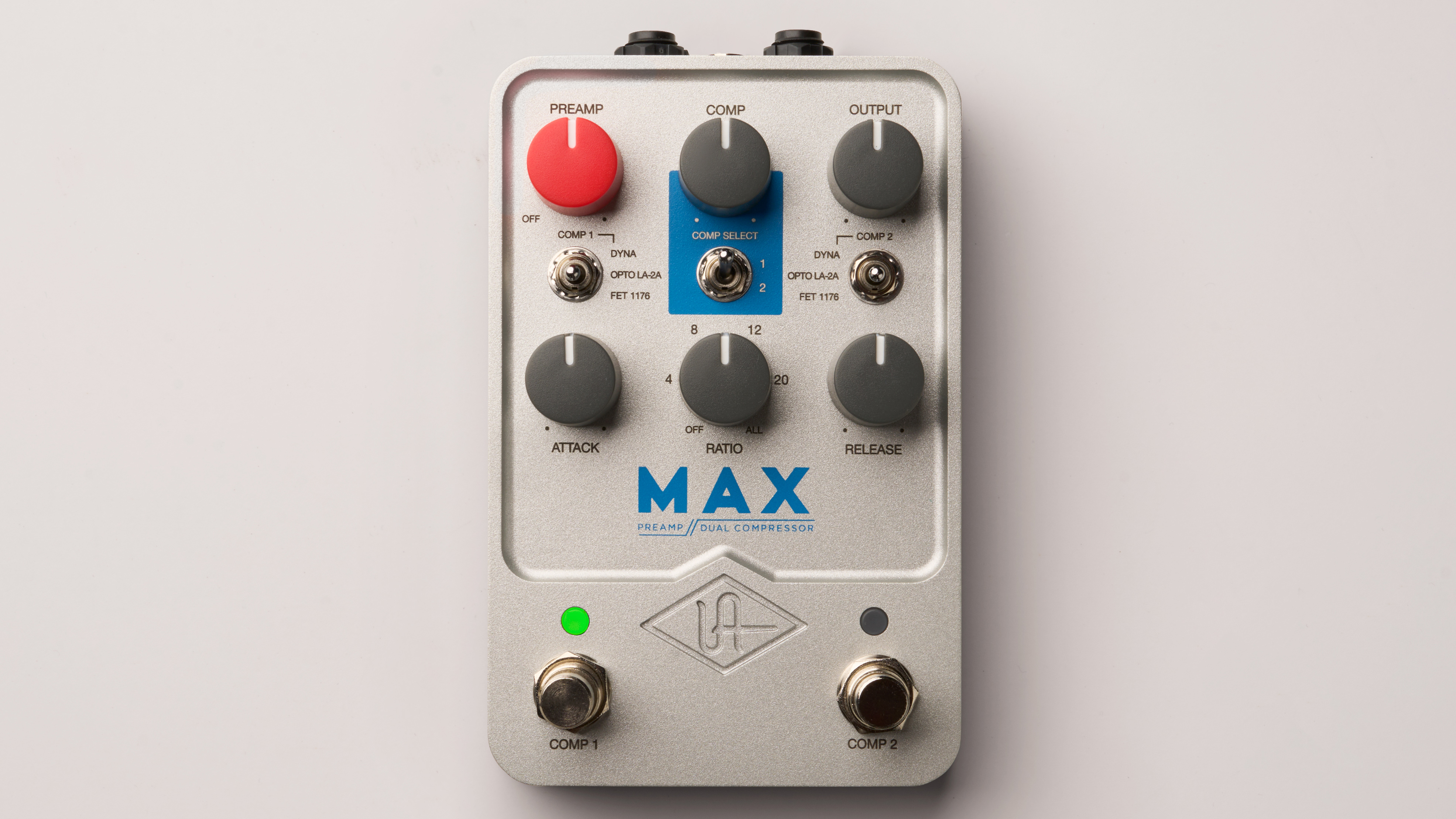
UA went big here; three compressor emulations, a celebrated preamp with series and parallel options? Impressive! And when it comes to delivering the 1176 and LA2A to a digital modelling pedal it has an unrivalled reputation in the hardware and software fields. They are joined here by a model based on the Ross-style MXR Dyna Comp – one of the first compression pedals, with a simpler circuit and squashier character beloved by country players. It's a comprehensive collection for sure.
The Max is all about flexibility in usability too; assign any of the three compressor models to each of the two sides and dial in controls for each at the flick of a switch. The addition of UA's 610 preamp is a huge draw here too, blurring the lines further between this pedal's usefulness for compression and as a boost.
Players can assign each side for specific guitars or flavours with or without boost – UA has even expanded the original 1176 concept with a 2:1 ratio for smoother compression and the LA2A gains a five-stage ratio control compared to the original's two. You can also achieve parallel compression by choosjng to run the pedal in 'parallel' mode in the UAFX Control app and set one side's compression parameter to zero.
Origin Effects Cali76 Stacked Edition
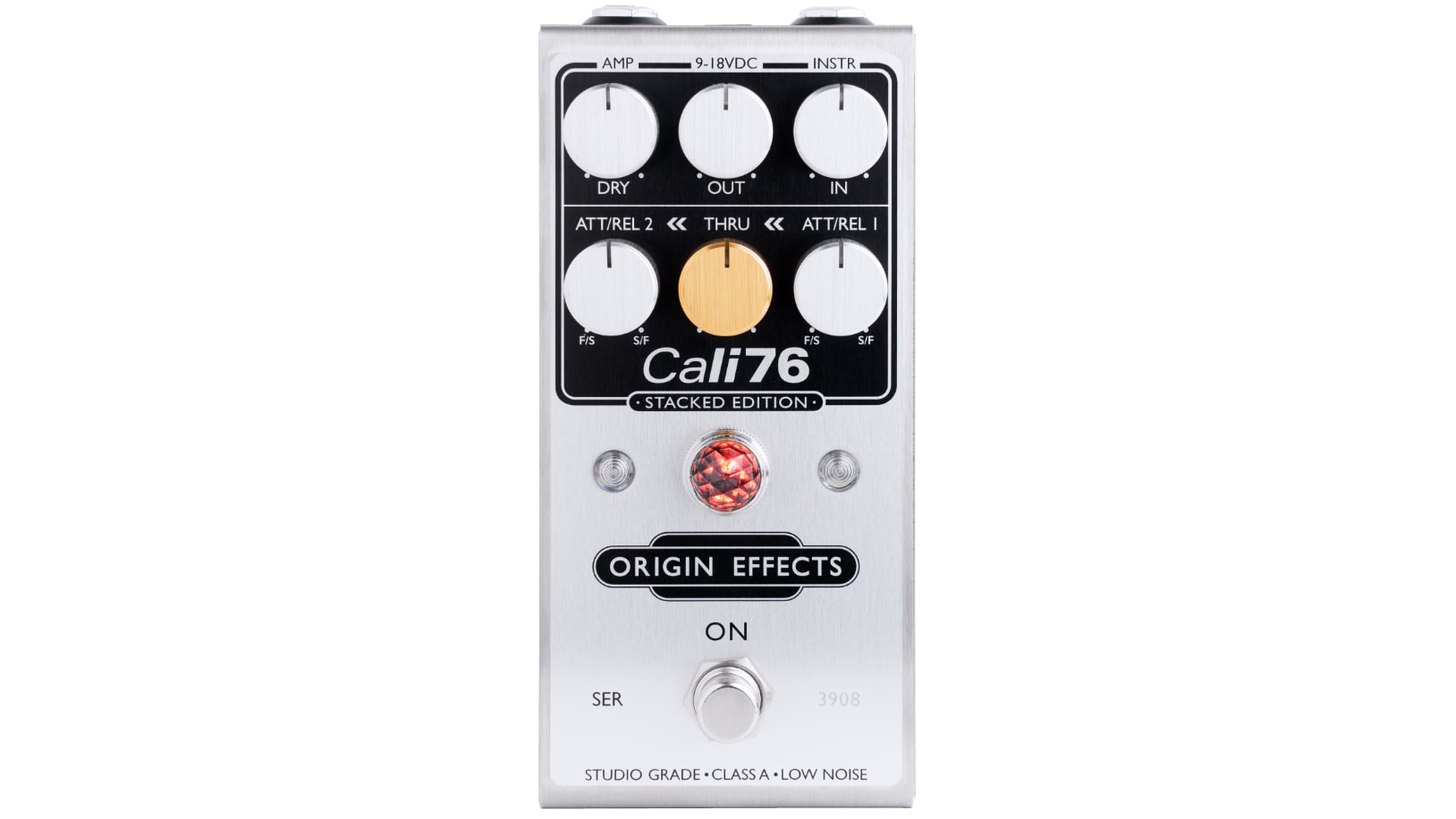
Based on the 1176, the Oxford company offer a few Cali76 models now and this one is a dual-stage compressor with two circuits with independent control for stacking potential. The gold Thru control is key to utilising this; it sets how hard the output of the first compressor hits the second. Increase it slightly to tame the loudest peaks with the second stage,," says the company. "Turn it up and use both compression stages to shape your sound for chewy, touch-sensitive dynamics."
The Dry control also lets you mix your uncompressed signal back in for parallel compression. So the extra money over the single-stage Compact Deluxe model buys you more scope here, should you want it.
The Cali76 is one of the best options for a compressor as a tone enhancer that we've tried and here you can set one compressor for sustain and general fatness for that, then the second to prevent unwanted peaks. Like the Max, it also features LED metering to show you visually how much compression is kicking in.
Keeley Compressor Plus
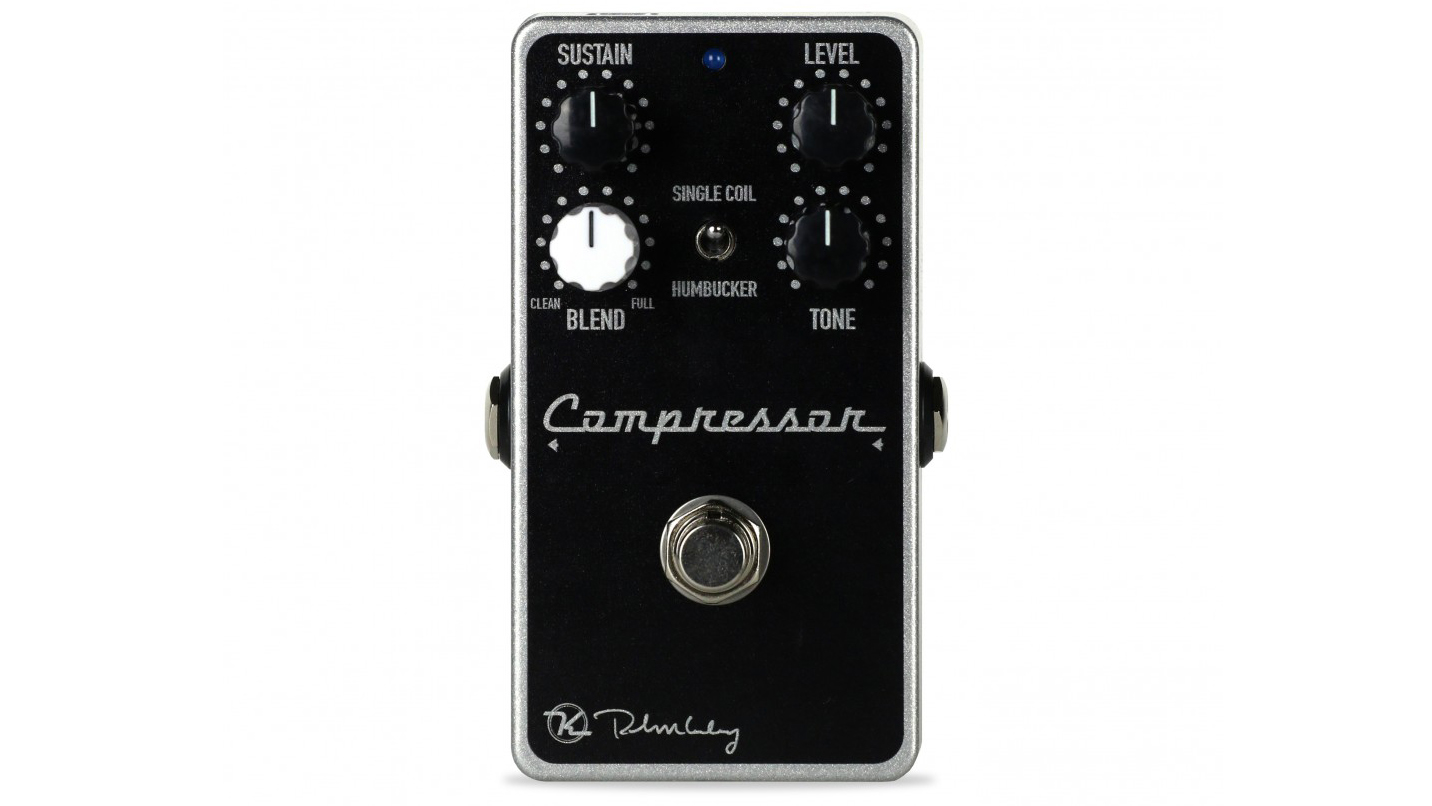
This was the best-selling effects pedal on Reverb in 2021 – who says compressors don't get the love? The Compressor Plus is a winner because it's great for an always-on setting (Keeley even recommends how to set the controls with a guide in the boxl) but it's comparatively reasonably priced too.
Keeley has invested in its versatility for players further with a humbucker and single-coil switch for players to voice the attack and release for their guitars and a Blend control to adjust the mix of compressed and uncompressed signal – all the way left is 50/50.
The usefulness and sense of accessibility for anyone new to compression is added by the Tone control here; it affects the brightness of the pedal's output to further allow for different amp and guitar character if you need to cut through more. This is a great pedal to find out how much compression could benefit your tone.

Rob is the Reviews Editor for GuitarWorld.com and MusicRadar guitars, so spends most of his waking hours (and beyond) thinking about and trying the latest gear while making sure our reviews team is giving you thorough and honest tests of it. He's worked for guitar mags and sites as a writer and editor for nearly 20 years but still winces at the thought of restringing anything with a Floyd Rose.
“A pedal that sings with harmonic richness and blooming touch response”: Tone King offers up boutique tube amp tones for your pedalboard with the Imperial Preamp
“Each and every unit is perfectly dialled in to the 'sweet spot' that can be so elusive to find in vintage pedals”: Pigtronix’s Gas Giant is a high-gain fuzz pedal with a FET-driven onboard noise gate









